When you’re running a business, Capital Expenditure may be among your biggest investments. Capital Expenditure refers to things like equipment, plant and machinery or upgrades to your workplace, and the majority of these come with a significant cost.
That’s why the UK tax system offers Capital Allowances. These are valuable reliefs from tax that allow businesses to offset qualifying Capital Expenditure against their taxable profits.
Capital Allowances are like a tax equivalent of depreciation, which as we know is not a tax deductible expense, so instead of deducting the cost of assets over time in your accounts, you claim Corporation Tax relief instead and reduce the amount of tax you pay.
What are Capital Expenditures?
Capital Expenditure is often shortened to “Capex” and refers to money that a business spends to acquire or improve assets that will benefit the company over the long term. These are different to everyday running costs like rent, staff salaries or utilities.
Capital Expenditure examples
Here are a few examples of investments that would typically qualify as Capital Expenditure for the purposes of Capital Allowances:
- Purchasing plant and machinery (like manufacturing equipment or office computers)
- Upgrading the business office or warehouse
- Installing integral features like lighting or heating systems
- Buying vehicles for business use
- Investing in IT infrastructure or large-scale software systems
These assets all have lasting value to the business and are not immediately deducted as expenses in the company’s profit and loss (P&L) accounts. Instead, their cost is spread over their “useful life”. For tax purposes, businesses can claim Capital Allowances.
What are Capital Allowances?
Capital Allowances provide tax relief on Capital Expenditure, including but not limited to the examples listed above. This relief can be claimed through the company’s Corporation Tax Return and, typically, will attract one of the following allowances:
- Annual Investment Allowance (AIA)
- First Year Allowance (FYA)
- Writing down allowance (WDA)
Each of these allowances has its own rules, rates and considerations. There is no one-size-fits-all Capital Allowance to take advantage of, so it’s important to understand what each one represents, and what it can be applied to.
Annual Investment Allowance (AIA)
The Annual Investment Allowance (AIA) is currently one of the most generous Capital Allowances available to UK businesses.
The AIA entitles businesses to 100% tax relief on qualifying plant and machinery in the year of purchase, up to an annual limit of £1,000,000.
Groups of companies are only entitled to one £1,000,000 limit split between them, but it can be allocated between the group companies any way you choose.
This limit is adjusted proportionally for accounting periods shorter or longer than 12 months.
Important: Certain assets, that may be thought of as “plant and machinery” are excluded from the AIA. A qualified tax advisor can confirm whether an asset can be included or not.
What is the Writing Down Allowance (WDA)?
The Writing Down Allowance (WDA) is a tax relief that applies to the Main Rate and Special Rate pools. It lets a business deduct the relevant percentage (18% and 6% respectively) of the remaining value of each pool from their taxable profits each year.
Assets that don’t attract AIA or FYA are added into the appropriate pool and the allowance is applied every year to the reducing balance until the pool’s value is eventually nil.
First Year Allowances (FYA)
Another useful relief, First Year Allowances (FYA) provide enhanced tax relief for specific types of qualifying expenditure.
First Year Allowances apply to expenditure incurred on or after 1 April 2023 and provide a 100% allowance for plant and machinery expenditure that would otherwise fall into the “main pool” (see below).
It also means a 50% allowance for “special rate items”, such as integral building features.
Important: First Year Allowances are only available on new assets i.e. not second hand or used and they’re not available in the company’s final year of trading.
What is the Main Pool?
When it comes to assets that qualify for writing down allowances, individual assets lose their identity and instead, they are grouped into “pools”, with relief given on the total cost of each pool.
- The Main Pool is the “default” category for most types of plant and machinery. It’s the collective value of qualifying assets that do not otherwise fall into a special category (such as integral building features or high emission cars).
- Normally, assets in the main pool get relief at 18% per annum on a reducing balance basis. In other words, you can claim 18% of what is left each year after previous claims have been made.
- Typical examples of “main pool” assets include office/factory equipment, machinery, computers and IT hardware, non-integral fixtures and fittings, vans and lorries.
Under the First Year Allowance, businesses can claim 100% tax relief up front on qualifying main pool assets. This means deducting the full purchase cost instead of spreading tax relief over several years at 18%.
By accelerating this relief, the government wants to encourage investment in productivity-boosting assets.
Main Rate Pool
When Capital Expenditure does not qualify for the AIA or FYA as described above, it will usually fall into the Main Rate Pool and be eligible for WDA.
This means relief is provided at 18% per annum on the written down value of the pool (the collective cost of all assets grouped together).
This covers most plant and machinery that isn’t included in the other allowances, including cars with CO2 emissions below 50g/km.
This approach means tax relief is spread over several years to reflect the continual use of the asset over time.
Special Rate Pool
The Special Rate Pool for Capital Allowances applies to specific assets with longer lifespans or ones that play an integral role within a building and again, is eligible for WDA.
This includes integral features like electrical and lighting systems, lifts/escalators, and heating or air conditioning systems.
The Special Rate Pool also includes cars with CO2 emissions above 50g/km.
For these assets, tax relief is given at a rate of 6% per annum on the written down value. Because of the slower rate of relief in the Special Rate Pool, it’s generally advised to consider whether the Annual Investment Allowance or First Year Allowance can be applied before assets are placed in the pool.
Summary
Why it’s important to get Capital Allowances right
Understanding Capital Allowances and using them effectively makes a huge difference to a business’s tax position. Claiming the right reliefs for the right assets ensures your business isn’t paying more Corporation Tax than needed, and can make a real positive impact on cash flow, freeing up cash for strategic investment.
The system can be confusing due to the number of allowance types, exceptions and caveats involved. That’s why it’s always recommended that you consult with a qualified Tax Advisor before submitting any relief claims.
Getting the details right can make a real positive impact on your bottom line; getting them wrong can be very costly.
Related: CT600 Corporation Tax Forms – What do they include?

.png)


.png)

.png)
.png)

.png)
.png)
.png)













.png)
.png)
.png)

.png)
.png)

.png)

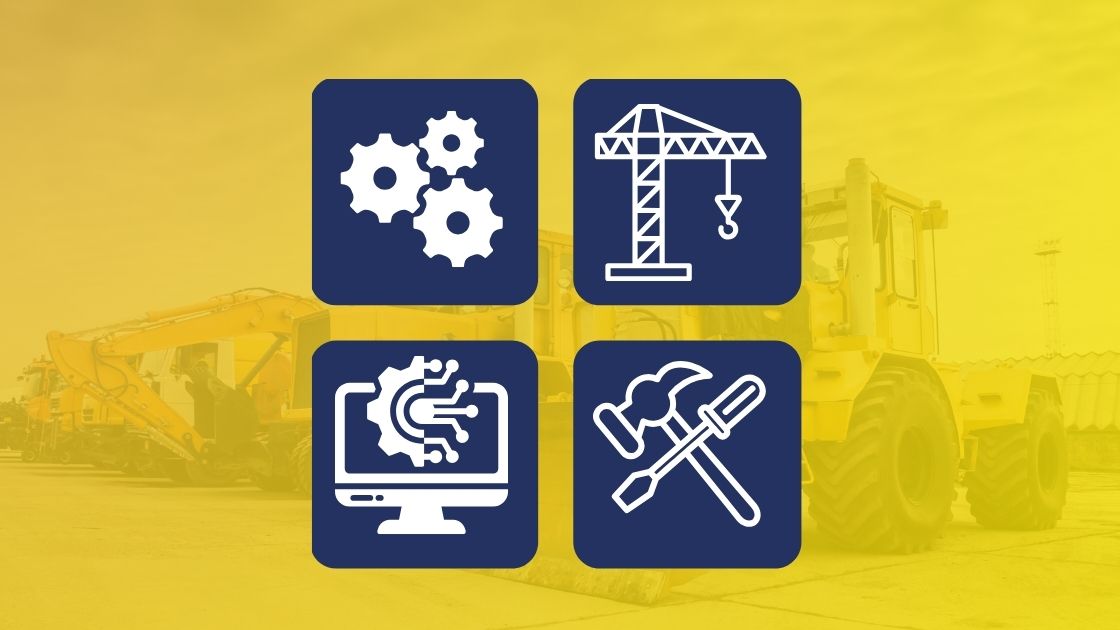


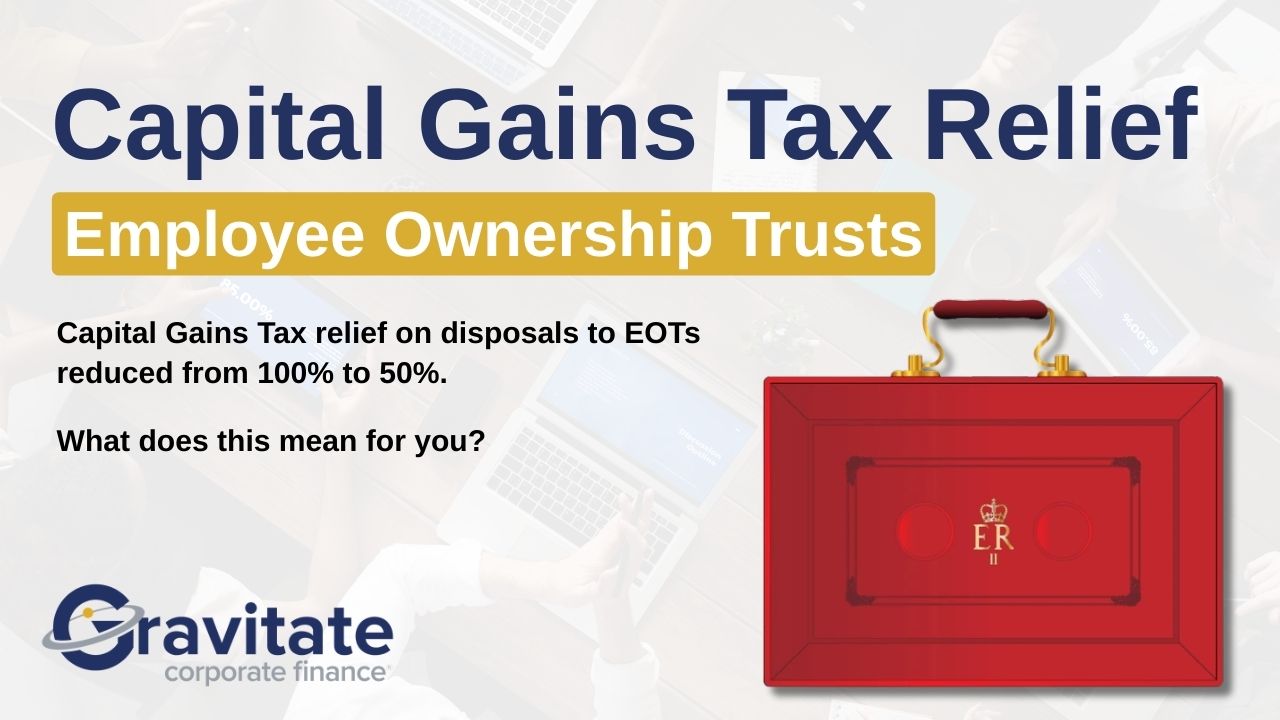
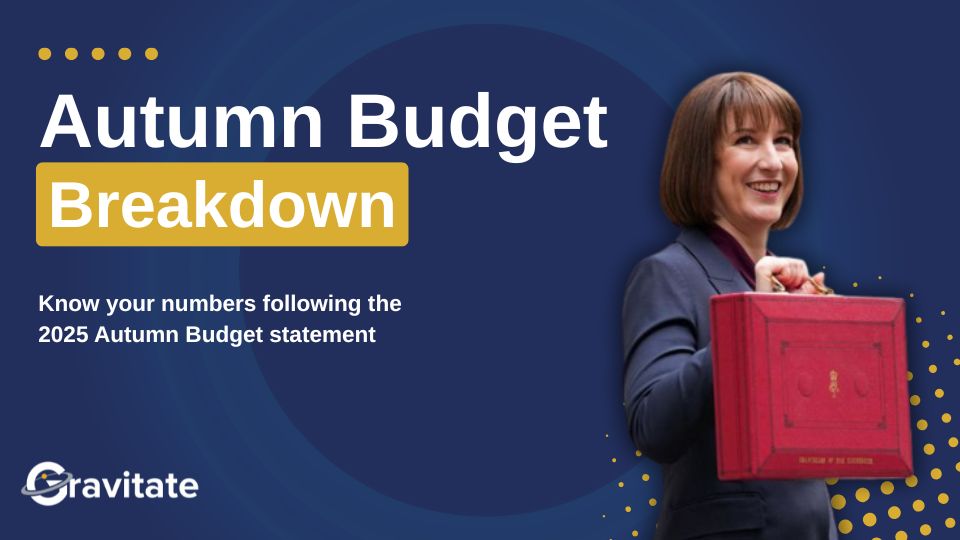
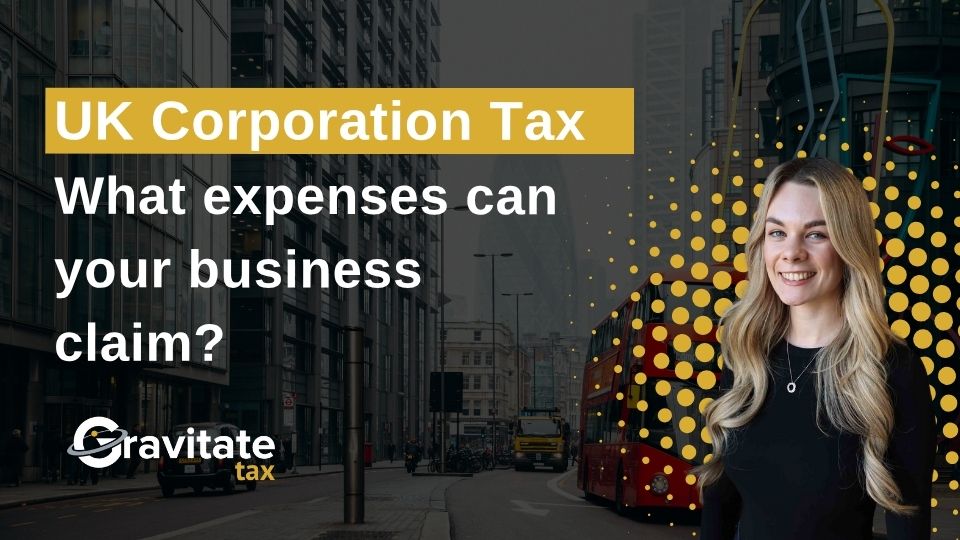
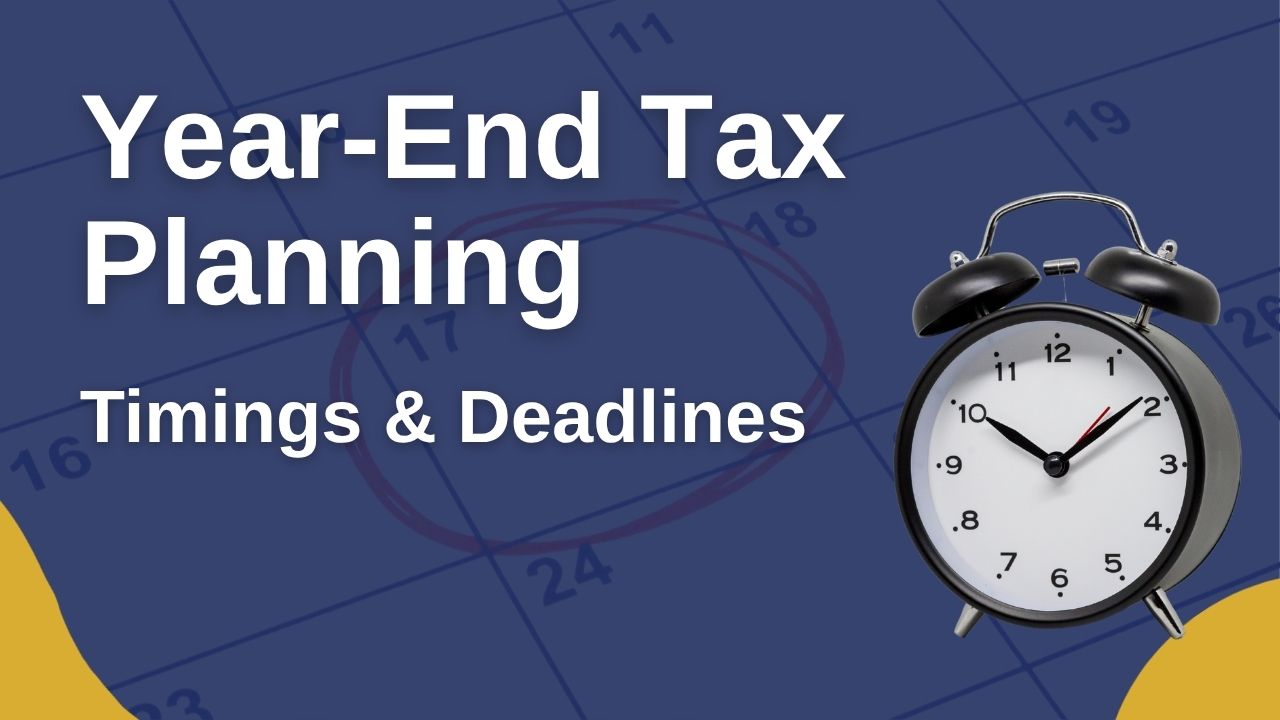
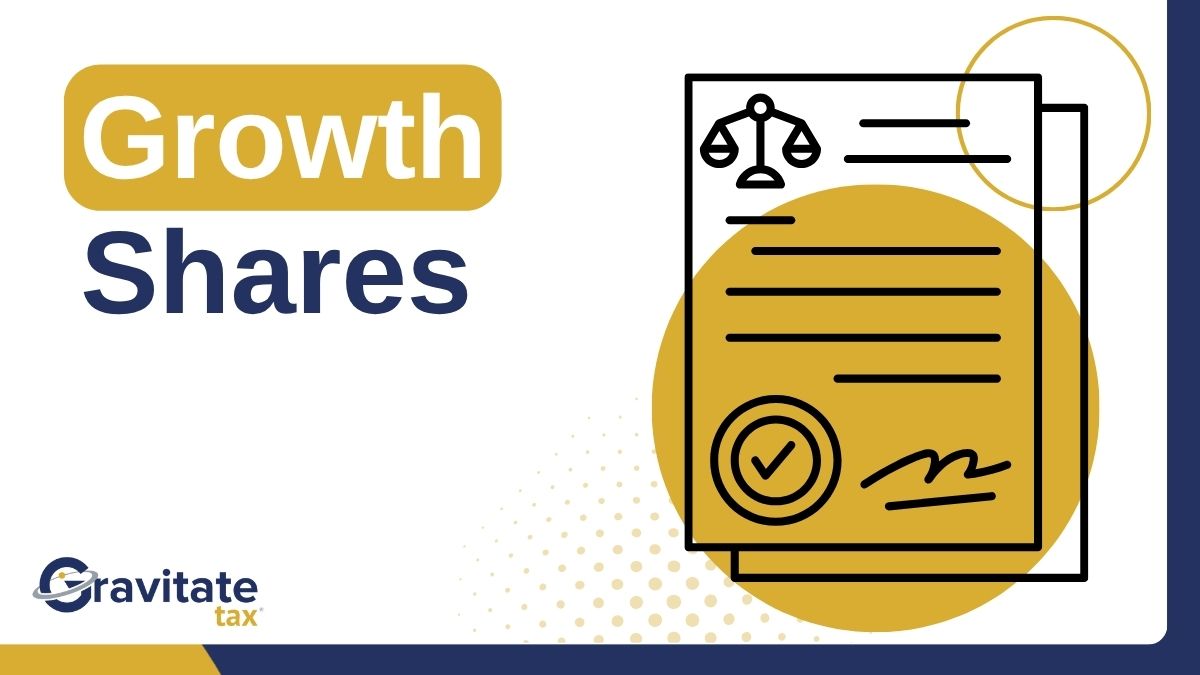
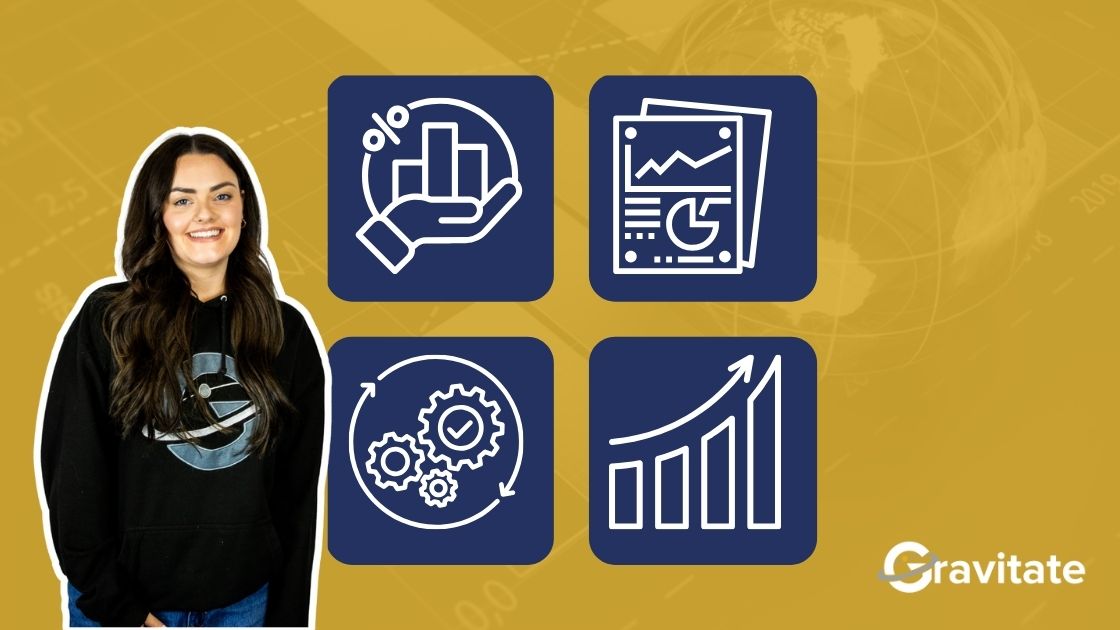

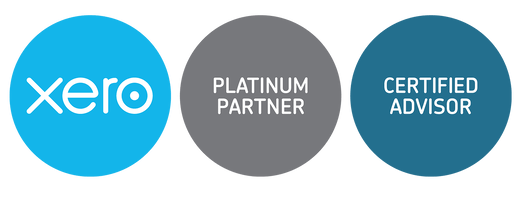



.jpg)

.webp)
.png)

.svg)
